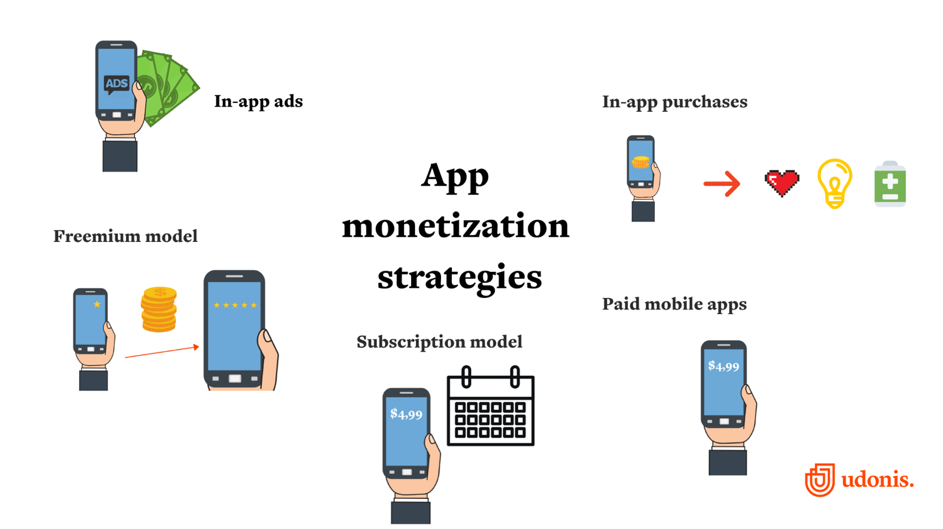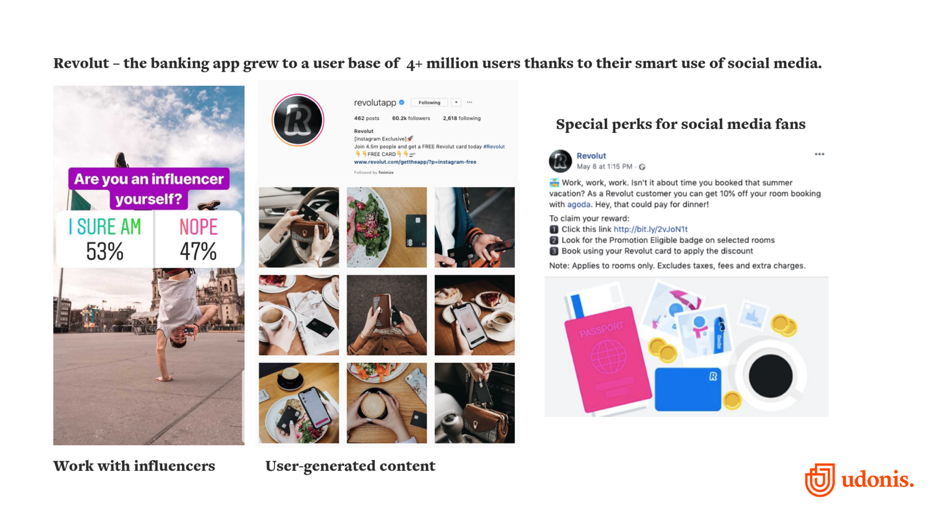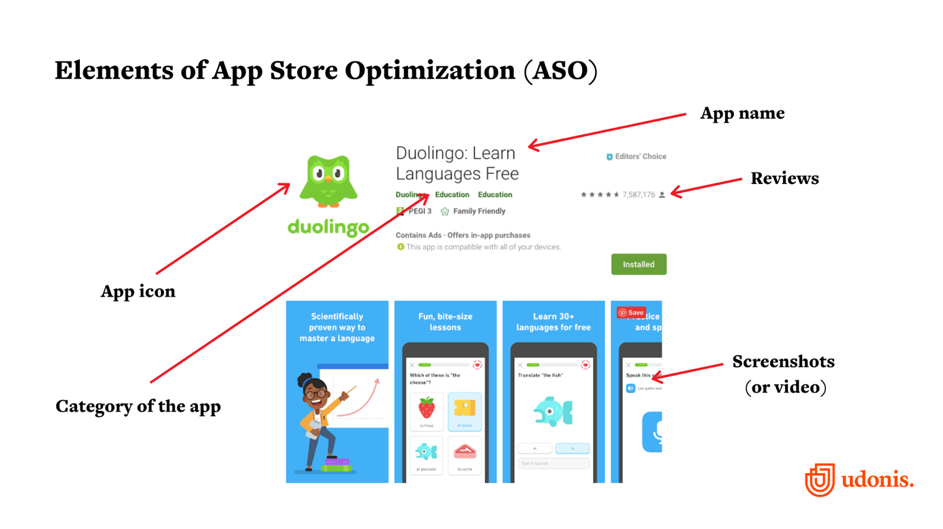5 Ways to Increase Your App’s Revenue in 2019

5 Ways to Increase Your App’s Revenue in 2019
Contributed ContentIn this article we will explore five ways to increase your app's revenue. App publishers and developers can implement these five simple mobile marketing techniques to start earning more money from their apps.
Only decades ago, smartphones didn't exist. And, today, our everyday lives are unimaginable without smartphones. It’s no secret that the online world has been mobile-first for the past few years.
The performance of your mobile website is more important than the desktop version, according to Google.
Still, the vast majority of the time we spend on our phones we spend on apps. Apps have become an essential, inseparable part of our lives.
According to the latest predictions, mobile ad spending will surpass all traditional media combined by 2020. We can assume that in-app advertising will only grow. Mobile ad spending is already bigger than TV.
Users are abandoning traditional digital channels in favor of mobile. Think about what you use your smartphone for: paying bills, ordering take-out or playing a game to kill some time.
As we continue to spend more time in apps, there are more opportunities for app developers.
Competition is strong: In the first quarter of 2019, there were 2.1 million apps in the Google Play store and 1.8 million apps in Apple's App Store.
There are different ways apps earn their revenue, such as selling ad space or charging for premium versions. Regardless of your business model, to actually make money from your app, you will need users.
Most apps fail simply because they never acquire enough users. They never get discovered and attract enough users to actually become profitable.
But there are some steps that will increase your app's revenue, including:
- Monetization
- Using social media for app's promotion
- Cross promotion
- App store optimization (ASO)
- Retention
Focus on these steps and watch your app’s revenue rise.
1. Develop an App Monetization Strategy
When you're choosing an app monetization strategy, you're choosing how you will make money from your app. With different monetization strategies to choose from, you can be sure that users aren't bothered with it, and that they keep on using the app.

The most common monetization strategies are:
- In-app ads (earning money from displaying ads in your app)
- In-app purchases (the app is generally free, but additional features are offered for purchase)
- Freemium model (the app is free for everybody who downloads it, but to gain access to more features and the premium version of the app, you need to pay a subscription or a one-time fee)
- Paid mobile apps (the app has a one-time download fee)
- Subscription model (to use the app, the user is charged monthly, yearly or one-time, depending on the model)
According to a recent app development survey, the most popular monetization strategy is in-app ads. Almost half of developers (49%) choose to monetize with in-app ads only. Furthermore, 20% use both ads and in-app purchases.
Choosing a monetization model will depend on your app’s function. Mobile games have been very successful with in-app ads, and in 2018, they accounted for 74% of revenue generated.
With the right monetization model for your app and your audience, you'll be able to increase your app's revenue and overall user value.
2. Use Social Media for App Promotion
Social media can be used to promote your app for free and engage with potential users and target specific users. Not only will social media fuel your growth through shares and recommendations, but it will also give you a strong digital presence.
For example, banking app Revolut grew to a user base of over four million people thanks to their smart use of social media networks.

Revolut shares user-generated content on their Instagram profile, but they also offer perks for users who invite their friends in the program. Social media networks give users a chance to connect with the brands they love as well as communicate with other users.
Social media plays a huge role in our lives, so use it to grow your user base and increase your app's revenue.
3. Deploy Cross Promotion
Cross-promotion is a great way to promote your app within another app you may already own. If you already have an established app with users, why don't you take advantage of that space? Increase the revenue of the new app through your already-existent user base.
Pro tip: Segment the user base to achieve the best results. Target only the ones that are the best fit for the app you're trying to grow. With the help of a mobile app analytics platform, you'll have insight into the behavior of your app's users. You'll know what are they swiping, tapping and buying, and you'll be able to offer them a better ad experience.
4. Remember App Store Optimization (ASO)
App store optimization is the process of optimizing the app's page for the Google Play store and Apple App Store to achieve best results.
Duoling's app page demonstrates the various elements of ASO that you should be focusing on.

To download the app, you must first visit the app's page in one of the app stores. Potential user will look at all the elements of the app's store page before deciding whether to download.
Elements to optimize for are icon, description, video, screenshots, and reviews. They can all have a positive impact on the number of downloads, and your app's revenue will also grow.
5. Focus on Retention
User retention tells you how many users returned to your app in a given period. Many app publishers measure user retention even before the release of the app, and it often decides the viability of their app.
For example, apps with low user retention usually don't succeed. So, taking care of your users is an important step toward increasing your app's revenue.
For every user that keeps your app, you'll be able to earn money either through in-app purchases or by integrating ads into your app.
Retention rate is easy to calculate. Simply divide the number of users returning to the game (or app) in day N with the amount of users that initially installed the app on the first day. Then, multiply by 100 to get a percentage rate.

Fortunately, most of the mobile app analytics platforms, like Firebase, will automatically calculate the retention rate for a chosen period.
By focusing on customer retention, businesses can increase their app users and ensure that people are finding value within their apps.
Increase Your App's Revenue
Making an app profitable is no sure thing. The rise in mobile app usage has been accompanied by an increase in competition within the mobile app space.
By focusing on app store optimization, retention, social media marketing, cross promotion, and app monetization, your business can deploy an effective mobile app.
